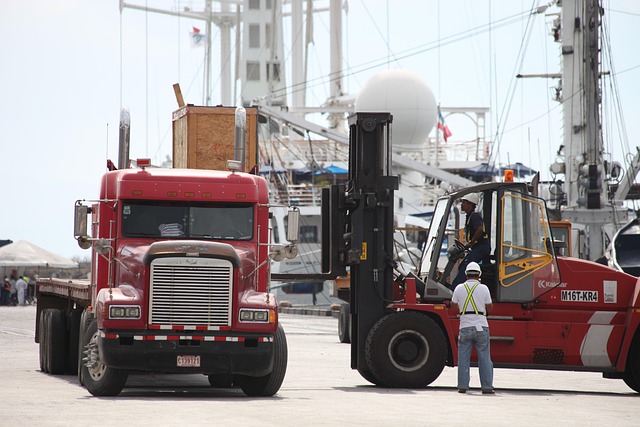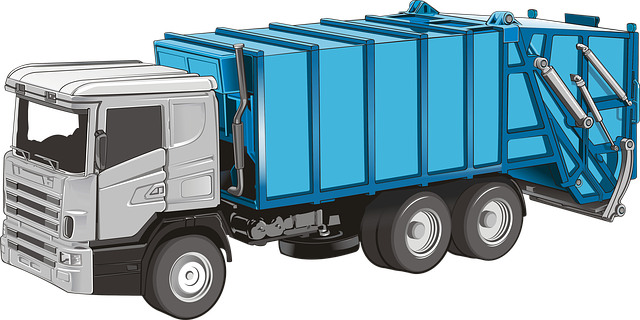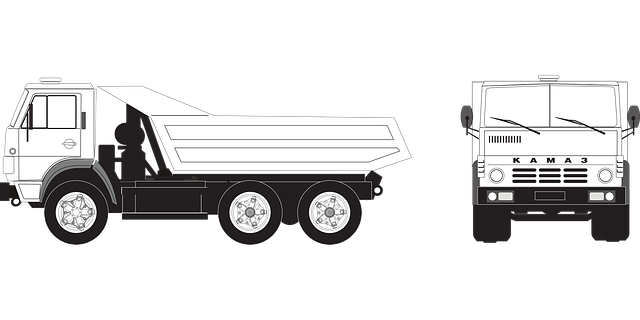Looking to register your car in California? This comprehensive guide walks you through every step, from understanding key requirements to submitting your application. Discover the importance of a Vehicle Identification Number (VIN) verification, essential documents needed, and different registration types available. By following these clear instructions, you’ll streamline the process, ensuring a smooth and efficient car registration experience in California. Don’t miss crucial details on VIN verification—your first step towards official vehicle ownership.
- Understand California Car Registration Requirements
- Gather Necessary Documents for Vehicle Registration
- Perform VIN Verification: Steps and Importance
- Choose an Appropriate Registration Type in California
- Submit Application and Pay Fees for Car Registration
Understand California Car Registration Requirements

Before registering your car in California, it’s crucial to understand the state’s specific requirements for vehicle registration. One key aspect is ensuring accurate and up-to-date information, starting with a valid Vehicle Identification Number (VIN) verification. This process involves checking the vehicle’s unique VIN to confirm its identity and ensure it complies with California’s emissions and safety standards.
California requires thorough VIN inspections as part of the registration process, especially for vehicles older than a certain age or those imported from other states. Taking advantage of mobile VIN inspection services can simplify this step. These services allow you to have the VIN verified at your convenience, whether it’s at home or on the go, ensuring a smoother registration experience.
Gather Necessary Documents for Vehicle Registration

Before you start the registration process, ensure you have all the required documents for a smooth transaction. The California Department of Motor Vehicles (DMV) requires several key pieces of information to verify your vehicle’s ownership and identity. One crucial step is completing a Vehicle Identification Number (VIN) verification, which establishes the car’s unique characteristics. This can be done through a mobile VIN verifier, making it easier for owners to access this service from the comfort of their homes or while on the go.
Having accurate and up-to-date documentation is essential. Gather your vehicle registration papers, proof of insurance, a valid driver’s license, and a title certificate if applicable. Additionally, you’ll need to provide a completed application form, available on the DMV website, and possibly pay a registration fee. Always double-check that all details match to avoid any delays in the registration process.
Perform VIN Verification: Steps and Importance

Before registering your car in California, performing a Vehicle Identification Number (VIN) verification is a crucial step. This process involves checking the vehicle’s unique VIN to ensure it matches the data on file and confirms its authenticity. It’s an essential part of the registration process designed to prevent fraud and ensure only legitimate vehicles are on the road. You can conduct this verification yourself or use a mobile vin verifier for convenience.
To perform a VIN verification, you’ll need to locate the VIN on your car’s certificate of ownership or vehicle title, then compare it with online databases or specialized mobile vin inspection tools. These tools cross-reference the information against manufacturer records to verify the vehicle’s history, mileage, and any reported damages or accidents. Accurately completing this step not only simplifies the registration process but also helps maintain California’s record-keeping integrity for all vehicles registered within its borders.
Choose an Appropriate Registration Type in California

When registering your car in California, it’s crucial to understand the different registration types available and choose one that best suits your needs. The state offers various options depending on factors like the vehicle’s age, use, and ownership status. One key consideration is whether you need a standard registration or a specialty plate. For example, if you’re a classic car owner, you might qualify for a historic vehicle registration, which has different requirements and fees compared to a regular registration.
Additionally, California requires a vin verification process as part of the registration procedure. This involves checking the vehicle’s unique identification number (VIN) to ensure it matches the make, model, and year listed on the registration documents. You can complete this step through an online system or by visiting a local DMV office. For added convenience, many individuals opt for a mobile vin verifier or conduct a vin inspection to streamline the verification process, especially when dealing with older vehicles that may require extra attention during the registration.
Submit Application and Pay Fees for Car Registration

After gathering all your necessary documents, it’s time to submit your application for car registration. This process involves filling out the appropriate forms and providing proof of insurance, ownership, and identity. You’ll also need to pay the required fees, which can be done online or at a local DMV office.
One crucial step in this process is ensuring accurate vin verification. This involves checking your vehicle’s unique identification number (VIN) to confirm its authenticity and history. Many states now offer mobile vin inspection services, allowing you to verify the VIN digitally, which can save time and effort compared to visiting a physical location. By completing these steps diligently, you’ll be well on your way to registering your car in California.
Registering a car in California involves understanding state requirements, gathering essential documents, and completing a VIN verification process. By following these steps—from meeting necessary criteria to submitting applications and fees—you can ensure your vehicle is legally registered, making it easier to navigate California’s roads with peace of mind. Don’t forget the critical role of accurate VIN verification in this procedure.



